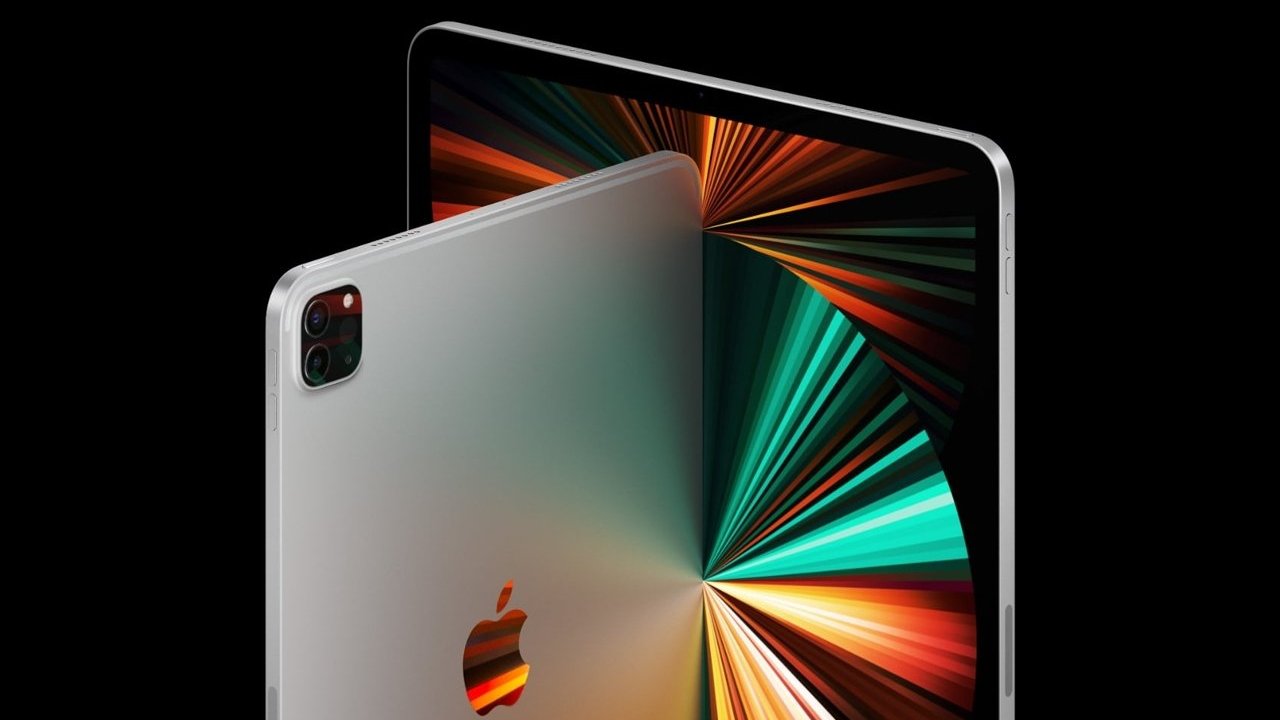OLED iPad Pro with M3 rumored to not be preposterously priced
Despite previous estimates that Apple would price an OLED iPad Pro preposterously high, it's now claimed that the technology will only add a slight cost premium.
This could be a case of a large increase appearing to seem small only because it comes after rumors of a ridiculously greater one. Previously the report has been that the 12.9-inch model would cost $400 more than now, at about $1,500.
Now according to Digitimes, an OLED 12.9-inch iPad Pro xwill start from around $1,259. That's an increase of $160 for the 12.9-inch model.
Digitimes has not qualified that figure, or indicated how it may have been calculated. It's also not clear what the fee increase would be for an OLED 11-inch iPad Pro, or a rumored 13-inch model.
Organic Light-Emitting Diode (OLED) screens give superior contrast ratios, and since they do not require a separate backlight layer, also result in much thinner displays.
DigiTimes has decent sources inside Apple's supply chain. It is, however, notably worse at predicting Apple's release timetables or what it will do based on those sources. Tuesday's report fits closer to what the publication is better at, though.
Separately, in November 2023 a leak claimed to list Apple's plan for introducing OLED screens to iPad models up to 2027. It's also been reported that manufacturing of OLED panels for both the 11-inch iPad Pro and 12.9-inch iPad Pro was due to start in February 2024.
Rumor Score: Likely
Read on AppleInsider


Comments
Possible lineup:
$600 iPA 11" 64GB M2
$800 iPA 13" 64GB M2
$1000 iPP 11" 128GB M3
$1300 iPP 13" 128GB M3
Issues:
1. Not sure an Apple 13" (really 12.9") 264 PPI product can hit $800 anymore.
2. It's not much of an upsell to go from an iPA13" LCD to a iPP11" OLED. Customers fundamentally differentiate based on size, and it often outweighs better quality components.
Another lineup:
$700 iPA 11" 64GB M2
$900 iPP 11" 128GB M3
$1000 iPA 13" 128GB M2
$1300 iPP 13" 128GB M3
Issues:
1. An iPA13 starting at $1000 seems high. Apple sold iPP13 models starting at $800 for the first two generations, and an iPA13 with a 264 PPI LCD is basically like those 1st and 2nd gen iPad Pro 12.9" models.
2. Price tiers are a bit irregular, and the base price of the iPA11 is too high at $700.
Will be interesting to see what they do.
I imagine what is happening is that with two OLED layers, the pixels can be driven at lower brightness relative to a single stack OLED. Every "pixel" has 6 sub-pixels (2 layers of 3 sub#pixels) versus 3 sub-pixels in a regular OLED. So, each of those 6 sub-pixels don't need to have as much current going through them for the same level of brightness as single layer OLED's sub-pixels. Lower brightness levels of the OLED pixels reduces burn-in and aging issues. It also likely means that HDR brightness levels can be driven to 2000 nits.
So, these are going to be some pretty nice and robust OLED panels.
I can only hope this is true, along with other burn-in mitigation techniques such as have been in use on OLED TVs for a while now. Burn-in truly sucks.